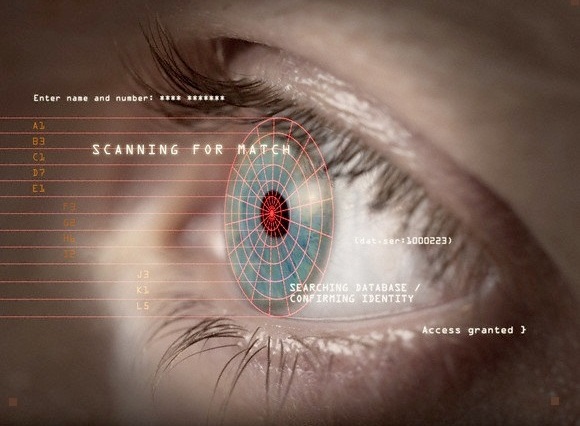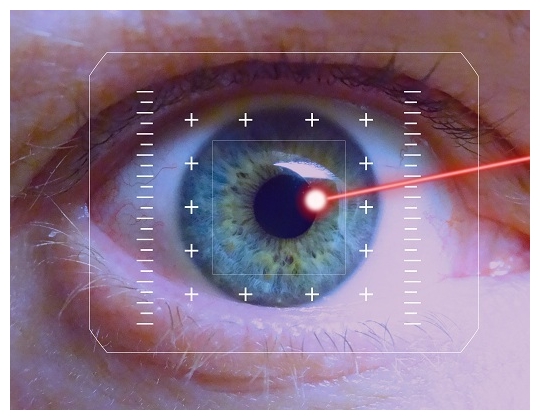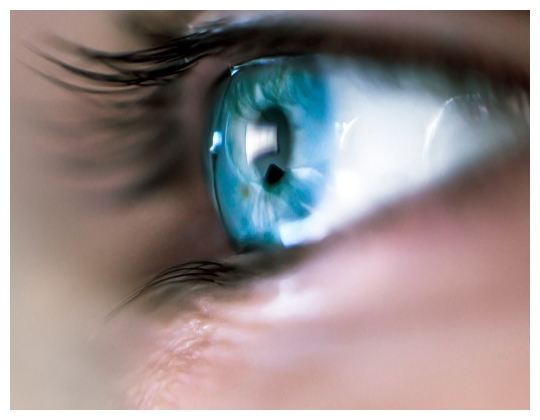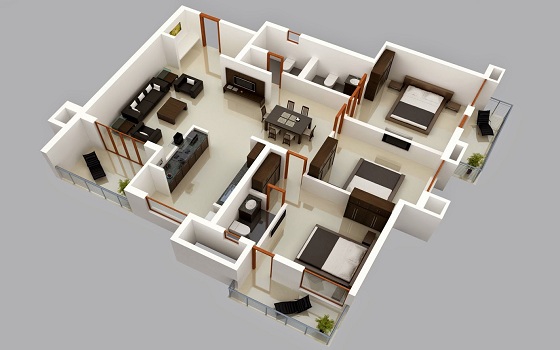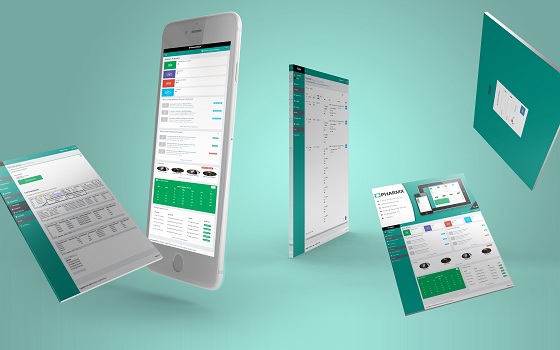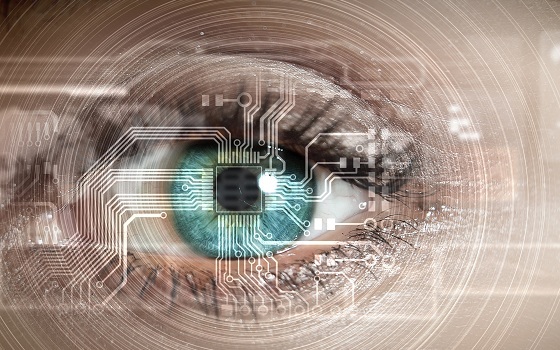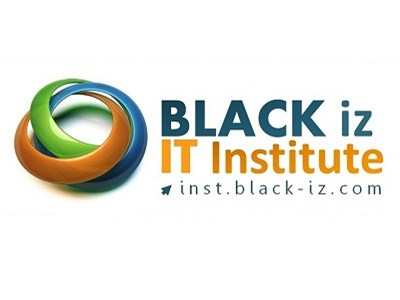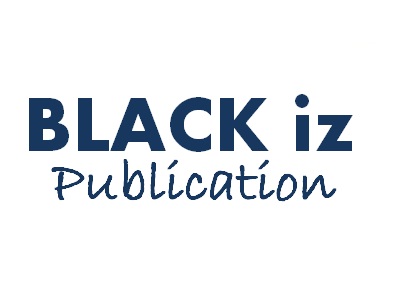Retina Security Scanner
Retinal scanner on the map unique designs retina of a person. The blood vessels in the retina absorbs light more easily than the
surrounding tissue, and is readily identified with the proper exposure.
A retina scan performed emits a beam of invisible infrared light, low power consumption in the eye of a person seen by the eye of the
scanner. This collection traces default route to the retina.
When the device scanner captures an image of the retina, along specialized software unique network of blood vessels in the retina in a
template functions. Retinal scanning algorithms require high picture quality and does not allow a user to register or to check whether
the system can capture an image of sufficient quality. The retina generated mold is usually one of the smallest of the biometric
technology.
Retinal Scan is a very reliable technology as it is very accurate and difficult to counterfeit, when it comes to identification. However, the
technique has major drawbacks, including the acquisition of the images difficult and limited user applications. Often a biometric
registration system for retina scan long because of the requirement for multiple capture image, which can cause discomfort user. But
when the user is in the process, a container can be identified with a method of scanning the retina in seconds.
Retina scanning technology has robust characteristics that match, and is typically configured for one-to-many authentication against a
database of users make. Because the image quality is so difficult, many attempts have often to the point at which a party can take
place.
While the algorithms themselves to be robust, it can be a difficult process sufficient data to adjust position. In many cases, a user may
falsely rejected because of the inability to generate sufficient data to fit a template.

